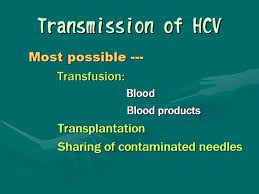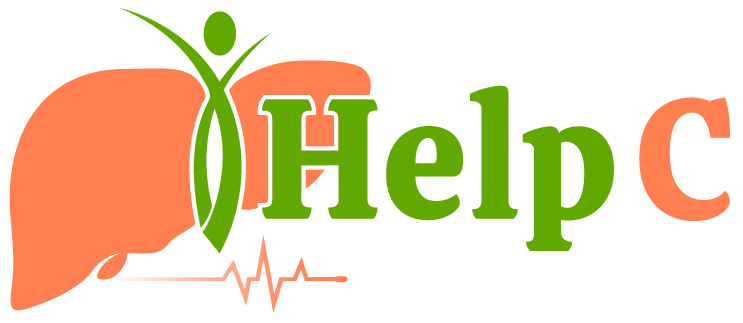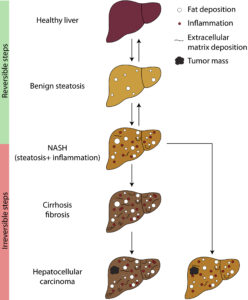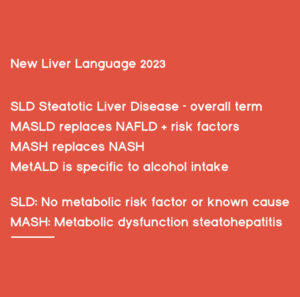Hepatitis C Transmission – written by Jennifer Elizabeth, a friend who writes so beautifully about her experiences.
The Hepatitis C Virus (HCV) is spreading rapidly, even surpassing the human immunodeficiency virus (HIV) that causes aids in raising the death toll of Americans according to Center for Disease Control. Some studies estimate that over 4 million Americans are currently infected, with many of those individuals unaware they are even sick. 1 in 12 people are infected by either Hepatitis B or Hepatitis C. One example of just how rapidly HCV is spreading today is that according to their website, Northern Kentucky’s Health Department (as of May 2012) has 10 to 77 new cases of HCV being reported every month. That is only 1 county in America. HCV has become A SILENT EPIDEMIC WORLDWIDE.

HCV is a blood-borne virus. It is transmitted via blood to blood contact. One of the most common misconceptions out there is that HCV is strictly a disease among drug addicts, but there are numerous ways it can be contracted.
Now in my case is drug use to blame? Likely, but not many can actually say they know exactly how or when they contracted this virus. This is another fact that needs to be realized, accepted, and understood. Does drug abuse rank extremely high in the transmission of Hepatitis C? Of course, and the numbers continue to rise. But it is NOT the only method of transmission.
Though the following methods of Hepatitis C transmission can occur, some are higher risk factors than others. Consider with the following ways HCV can be transmitted:
INTRAVENOUS (IV) DRUG USERS: Just because one opts out of sharing needles, does not mean they are in the clear. The thing with HCV is, unlike HIV, HCV can live outside of the body at the very least for 16 hours and for up to about 4 days. (hepcadvocate) The actual time frame up for debate seems to range between three and even four days. HCV does not die once the air hits it like HIV does. And Hepatitis B actually has an even longer life span outside of the body than Hepatitis C does. The Hepatitis C Virus running a life span of about thirty days outside of the body.
Being a recovering IV drug user, I can vouch from personal experience what I am about to share. I have seen it time and time again. Many IV drug users do indeed share needles. I have seen a single needle passed around among groups of individuals. Then the same needle is given to someone else in need of one who then uses it and passes it along to the next needy addict. I personally never used a needle (knowingly) that had been passed around in such a way, but sadly, unaware of my own infection with HCV, I had given my own used needles away to others in need of them. This hints at my unknowing personal assistance in the spread of this virus. Most addicts claim to be clean of course. But that shapes for another topic on another day.
PARAPHERNALIA/EQUIPMENT: Just because one does not share the actual needle, does not mean they are not sharing other things. Many IV drug users share bottles, caps, or cups of water for preparation. Many IV drug users share spoons, cottons, filters, to prepare their drugs. All it takes is one contaminated needle used with any given source of preparation. If HCV can survive out of the body for several days, wouldn’t it make sense that it could be transmitted in these ways also? It does and it IS transmitted in these ways as well.
DRUG USE: Drug use is a definite method of the spread of HCV. But what about drug users who do not share needles or even use needles? They’re not safe from HCV either. Those who participate in nasal insufflation (snorting) can also transmit the virus if the paraphernalia used is not clean. This is where a lack of awareness can create a false sense of safety. The spread of HCV again comes in with the use of shared equipment. Straws, pipes, razors, are all potential threats if they have been in contact with blood. Straws used to snort drugs often can contain traces of blood on them. When someone snorts drugs, there is a combination of the pressure applied, the chemicals within the drugs themselves, and the edge of the straw that can actually break open the membranes within the nostrils causing them to bleed. Contracting HCV through the use of pipes is often hard for people to fathom. How in the world can HCV spread from pipes? Think about it. First, many of the pipes used for smoking drugs are glass. More often than not, the glass pipes used in smoking crack (in my experience) have broken or ridged ends. Cuts or scrapes happen. But when constant heat is used on a glass pipe for smoking crack, meth, or other drugs, that heat can burn your lips. Your burnt lips can at that point produce small traces of blood on the glass.
Those are just some examples in regards to drug use and the forms of transmission. But what about non- drug users?
PIERCINGS AND TATTOOS : Transmission can occur via non sterile equipment. Do it yourself piercing kits are increasing the spread of HCV. The common misconception behind tattoos is: “I watched them get the new needle out of the package, therefore, I am safe”. That is FALSE. Although it is always smart to know a new needle is being used under any circumstance, it simply is just not enough. Often times the actual transmission of the virus comes from again, shared or unsanitized/non sterile equipment. The reuse of ink is extremely common among unlicensed tattooists. A contaminated needle can place the virus within the ink being used. In short, leaving the next person the same ink is used on at risk of exposure. A lack of awareness or simply ones inability to care enough for the health of others, can lead to the transmission of HCV.
HEALTHCARE: Of course healthcare workers remain at risk of contracting HCV. By working with patients in any medical environment means being exposed to various risk factors. That includes accidental needle sticks, blood spills, and many other ways for HCV to enter the body. By adhering to Universal Precautions, those working in the medical field can limit exposure to any blood borne virus.
HAIR AND NAIL SALONS, DENTAL OFFICES: What about the nail salons, dental offices, even spas? If they are not practicing good sanitation with their equipment, the risk of transmission remains. If you are in doubt, bring your own supplies to the nail technician. Never be afraid to ask.
BIRTH: Unfortunately, a percentage of individuals are even born with HCV from a mother whom is either knowingly or unknowingly infected with the virus. The numbers have a wide range depending on multiple factors including demographics, method of delivery, and viral load during pregnancy.
SEX: We’ve all heard at one time or another that HCV is a Sexually Transmitted Disease (STD). Can it be transmitted via sex? Yes, but this has been proven to be a low risk and is not considered an STD. However, practicing safe sex is always recommended. By practicing safe sex, limiting the number of partners, avoiding rough sex, avoiding anal sex, and avoiding sex during menstruation you can help protect against the transmission of HCV in this way. Though it may be a low risk means of transmission, better to be smart and protect the safety of yourself and others.
TRANSPLANTS/TRANSFUSIONS/DIALYSIS: Transplants and transfusions have resulted in the spread of HCV. This was especially true prior to 1990. Methods of testing potential blood donors has greatly reduced that risk.
FIGHTING OR BOXING: Fighting can cause open wounds to possibly be exposed to infected blood.
PERSONAL ITEMS: The last method and example of transmission I am going to cover is the sharing of personal items. Some examples include razors, tooth brushes, nail clippers, anything that may contain blood. Gums bleed when we brush our teeth. We nick ourselves shaving. We sometimes cut or break open the skin around our nails when we clip them. Many who had HCV for years and did not know it can truthfully say that others in their household did not get the virus. Once you know, it is wise to refrain from sharing personal items especially with open wounds.
The many possibilities are often overlooked. But they are indeed all possible routes of transmission.
With proper education and the continued rise of HCV awareness, we can hopefully continue helping others in letting go of all of the common misconceptions surrounding this virus. Also, by increased education and awareness, we can assist in protecting ourselves and others from the spread of this virus.
If you or anyone you know is at risk having Hepatitis C transmission due to exposure in one of the above listed ways, I encourage you to Please…GET TESTED.
by Jennifer Elizabeth
Bio- Jennifer Elizabeth is a mom. She writes candidly about her first hand experience with letting go of addictions. She is a strong and beautiful woman who has a variety of interests that include everything from classical to rock music, art, poetry, and writing. She is a photographer who loves to capture all of God’s beautiful creation. Jennifer has Hepatitis C.









2 thoughts on “Hepatitis C Transmission”
I have been a IV drug user and am bewildered by the lack of focus in the literature and information circulated in good faith by naive drug users that IV equipment hygiene is the be all and end all of transmission protection.
As Jennifer points out, the Hepatitis C virus can exist for a days outside of it’s human incubator.
I also attempted to be extremely careful with equipment. I recall one day when a street dealer injected in front of me and pressed his finger onto the injection site to stop the bleeding .
If his means of supporting his habit was to buy larger quantities of heroin and make smaller deals to sell at a profit surely he touched the substance with the same fingers he used to stop his minute post injection bleed. The guy even offered clean needles, water and swabs most times I met him. It is nearly twenty years later but I still wonder why they don’t really mention the virus carrying capability of an ignorant dealers fingers as way up high on the list of risk paraphernalia
You are absolutely right! More education is certainly needed. We can’t close our eyes to the problem of lack of information. Many state health departments ARE trying to get the information to people.
I think that a larger portion of the IV drug user population are aware than just a few years ago. Don’t you? xo K
Comments are closed.